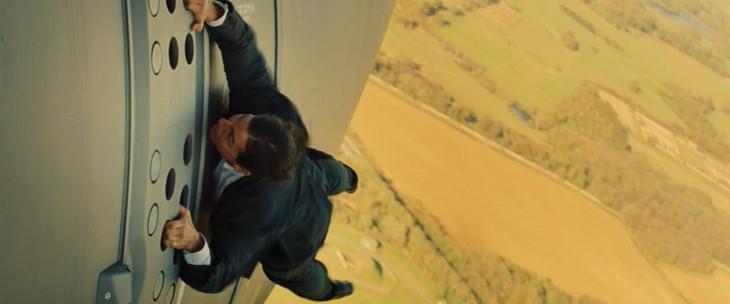
Mission: Impossible – Rogue Nation is the fifth installment in the Mission: Impossible film franchise, and one could argue that it might actually be the strongest entry so far. Tom Cruise returns to his role as Ethan Hunt, as he attempts to track down the enigmatic leader of an organization referred to as the Syndicate. Along the way, he is aided by a number of returning allies including Benji played by Simon Pegg, William Brandt played by Jeremy Renner, and Luther Stickell played by Ving Rhames. With the CIA having dissolved and incorporated the IMF after the events of Ghost Protocol, Hunt is forced to track down the Syndicate himself while evading the forces of Alec Baldwin’s CIA director Hunley.
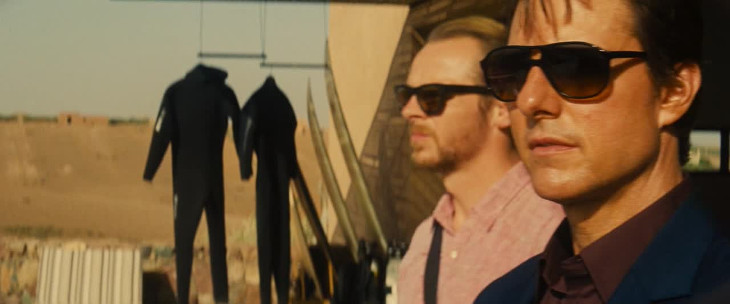
The cast is just as strong as the Ghost Protocol’s was, and the decision to make Benji a recurring character continues to pay off, as he is one of the best additions from Mission: Impossible III. Much of the first half of the film consists of him and Cruise working off of one another, and they share a great sense of comedic chemistry. Cruise, of course, brings all the likability and charm to the role that he has for the last twenty years, and his stunt work remains extremely impressive. Along the way, they encounter a British operative working for the Syndicate, Ilsa Faust played by Rebecca Ferguson, whose loyalties remain twisting and nebulous as she appears to simultaneously provide aid to both Hunt and the enigmatic Soloman Lane, played by Sean Harris. For much of the film, it remains difficult to figure out whose side she’s really on, though, from a logical standpoint, it is pretty easy to guess. As for Lane, Mission: Impossible has never had exceptionally strong villains, but Lane is easily second only to M:I III’s Owen Davian, played by the late great Philip Seymour Hoffman. Even if the character has a few odd moments of overacting, Harris provides a commanding presence, and presents a surprisingly developed character, something I’ve never said about previous Mission: Impossible villains. Finally, the characters of William Brandt and Luther Stickell return once again, and, while both are well acted and it’s nice to see Ving Rhames return in more than just a cameo, there isn’t too much to say about their roles here. They provide some support, but it isn’t really their movie, and the best moment that the characters have would probably be when they inadvertently get caught in the middle of a high speed car chase involving Ethan and their reactions as they work off of one another.
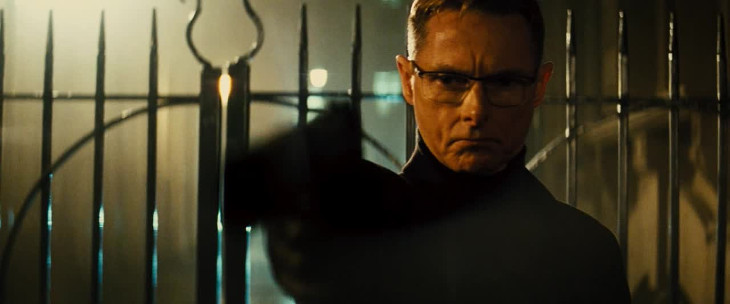
The actual plot of Rogue Nation is probably the best or at least second best of the franchise, and is also the most memorable. Ghost Protocol was criticized, rather accurately, for allowing the plot to take a backseat to the action, but Rogue Nation ensures that the viewers are aware not only of what is being done, but also why it is being done. It’s difficult to say too much about the plot without giving anything away, but Lane has a well reasoned and well thought-out plan, and watching it get carried out is quite entertaining.
If there is a scenario in which Rogue Nation fall short when compared to its predecessors, it would be the set pieces. This isn’t really an insult or even a significant complaint when it comes to the film, since the opening scene with Tom Cruise hanging from an airplane, the car chase through Morocco, and the underwater heist from around the midpoint have a great sense of spectacle to them. However, they never quite reach the level of intensity present in the wire heist from the first film or the Burj Khalifa scene from Ghost Protocol. That being said, considering the fact that those are two of the greatest scenes in the history of action cinema, third place is hardly disappointing. The fact that Tom Cruise is still as capable and as believable in the action scenes as he is, is just astounding. As a point of reference, Tom Cruise is actually roughly the same age now that Bruce Willis was in Live Free or Die Hard. There are still a few points where his durability goes well beyond what is reasonable, though. In one action scene, he ends up crashing a motorcycle and goes rolling through gravely dirt, but by the next scene he appears perfectly fine. It’s still better than that one infamously ridiculous fight in Mission: Impossible II which also involved motorcycles, but that’s hardly a strong defense for this scene’s lack of logic.
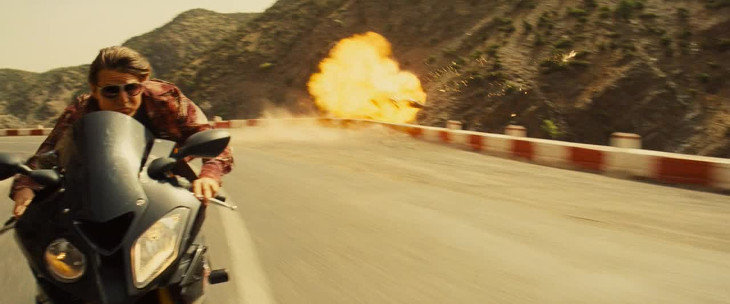
Still, most of the complaints regarding Rogue Nation feel very much like they fall into the category of nitpicks, such as why is Ethan Hunt’s wife never even referenced in the film? They may be nagging, but they aren’t major issues, just distracting ones.
Before I wrap up, a few Notes and Nitpicks:
- One of the scenes with Lane crosses the line from intimidating into hilarity as he actually stares at and sniffs Simon Pegg. The scene is played so straight that it is a little hard to determine whether it is supposed to be over the top or not, but I land on the side of believing it was.
- Seriously, Ethan Hunt goes missing for months, and absolutely no one so much as mentions his wife?
- So, in a single chase, Ethan Hunt dies, gets brought back, crashes a car, crashes a motorcycle, and then ends up just walking it all off? …Well, it’s still more grounded than what John Woo was having him do.
- So, have we stopped numbering these? I don’t want to run into a Resident Evil scenario where I can’t remember which title goes with which film. Coming Next: Mission: Impossible – Afterlife.
Rogue Nation doesn’t have much going for it in terms of depth, but it certainly makes up for those deficiencies with smart writing and well choreographed action. Some of the hand to hand combat is a bit chaotic, but the action segments are a thrill, and the fact that Tom Cruise can still pull this off is astounding. It might not be the best action film of the summer, but, in a summer that contained Mad Max: Fury Road, there is absolutely nothing wrong with coming in second.

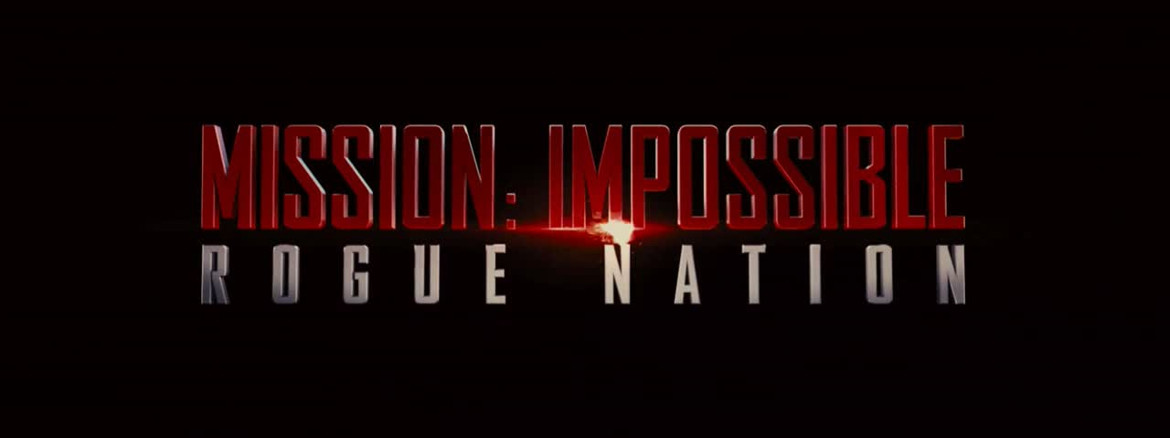
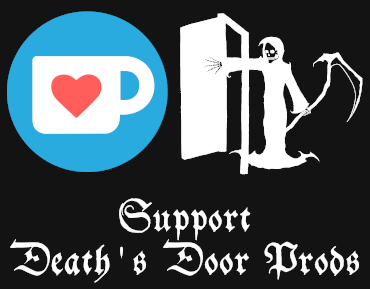

Add comment